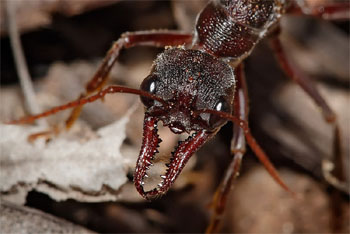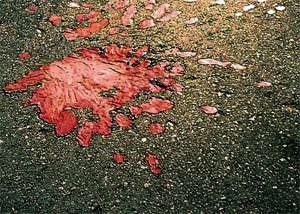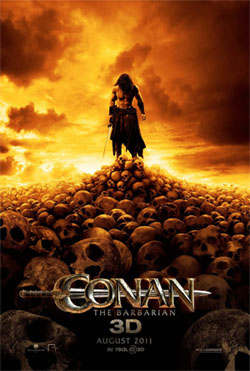I still can’t decide if it bugs me or not that alignment takes up something like 1/5th of the chapter on character creation (simply due to the bulk of information being conveyed). It was originally meant to be relegated to a sidebar, but it actually proved too large for that and ended up getting all of page 11 to itself.
Of course, that’s partly because the information on alignment needs to be entirely contained in Chapter 1, whereas the rest of Chapter 1 references players out to the more detailed descriptions of ability scores, classes, races, and the like found elsewhere in the rulebook.
A couple of other options I entertained:
(1) Removing alignment entirely. I would have left “good” and “evil” descriptors in for spells and extraplanar creatures, but the basic concept of PCs having an “alignment” would have been gone. Ultimately, I decided this was too radical a departure.
(2) Just describing the two axes of alignment — good vs. evil; law vs. chaos — in general terms and not discussing each combination in detail. (This might have included an old school, x-y axis chart of alignments.) A remnant of this remains in the sidebar on page 11, but what I discovered was that new players weren’t grokking the system. They were asking a lot of clarifying questions, and that’s usually an indication that the rulebook isn’t doing its job.
What do you think?



 I recently became aware of the
I recently became aware of the










